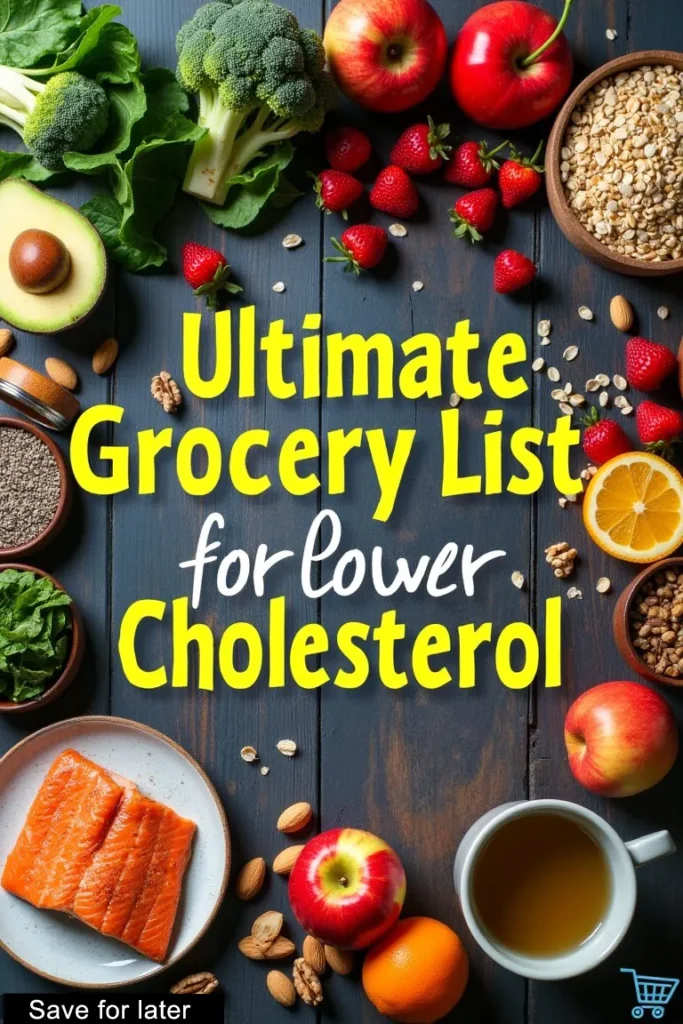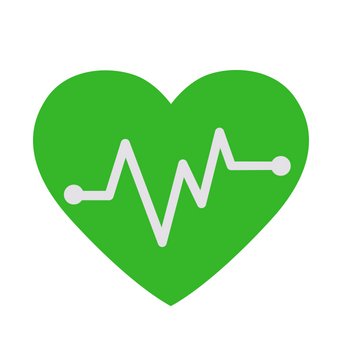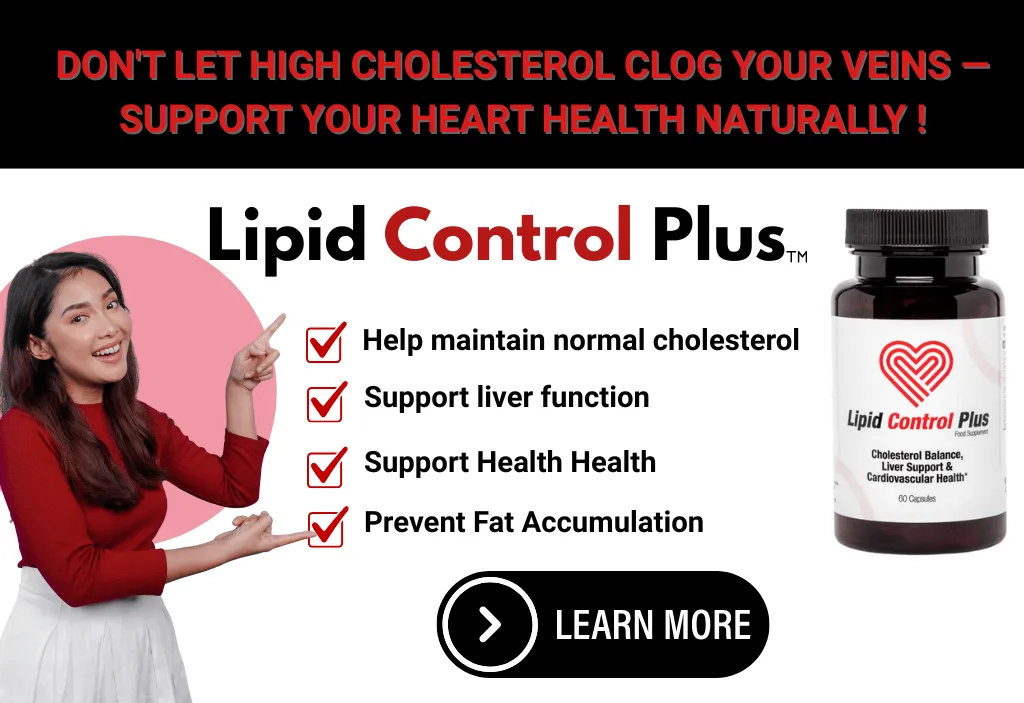Wisely selected foods that lower LDL (“bad” cholesterol), boost HDL (“good” cholesterol), and reduce inflammation, can rewrite your heart health story. This isn’t just another cholesterol lowering foods grocery list—it’s a science-backed guide to transforming your diet, one delicious bite at a time. Let’s explore how to stock your kitchen for success.

Understanding Cholesterol: Beyond the Basics
Cholesterol is a waxy substance produced by your liver and obtained through food. While essential for hormone production and cell repair, imbalances can be deadly:
- LDL (Low-Density Lipoprotein): Often called “bad” cholesterol, LDL particles deposit plaque in artery walls, narrowing blood vessels and increasing heart attack and stroke risk.
- HDL (High-Density Lipoprotein): The “good” cholesterol that scavenges excess LDL and transports it to the liver for elimination.
Why Numbers Matter
- Total Cholesterol: Aim for <200 mg/dL.
- LDL: Optimal is <100 mg/dL (or <70 mg/dL for high-risk individuals).
- HDL: >60 mg/dL is protective.
- Triglycerides: <150 mg/dL (high levels worsen heart disease risk).
The Hidden Danger: LDL oxidation (caused by free radicals) accelerates plaque formation. Antioxidant-rich foods combat this process.
How Diet Reshapes Your Cholesterol Profile
Your plate has the power to:
- Block Cholesterol Absorption: Soluble fiber binds to bile acids (made from cholesterol) and flushes them out.
- Replace Harmful Fats: Swapping saturated fats (e.g., butter) with unsaturated fats (e.g., olive oil) reduces LDL.
- Leverage Plant Power: Plant sterols/stanols mimic cholesterol, competing for absorption in the gut.
- Fight Inflammation: Chronic inflammation damages arteries; omega-3s and antioxidants calm this fire.
The Worst Offenders
- Trans Fats: Found in fried foods and baked goods, they spike LDL and slash HDL.
- Excess Sugar: Converts to triglycerides in the liver, worsening cholesterol ratios.
- Refined Carbs: White bread and pastries trigger blood sugar spikes linked to lower HDL.
The Ultimate Cholesterol-Lowering Grocery List
Expand your pantry with these science-approved staples:
1. Fruits: Nature’s Sweet Defense
- Apples: One apple daily provides 4g of soluble fiber (pectin), shown to reduce LDL by 5–10%.
- Berries: Blueberries, strawberries, and raspberries deliver anthocyanins, antioxidants that improve HDL and lower inflammation.
- Citrus Fruits: Oranges and grapefruit are rich in pectin and vitamin C, which protect arteries.
- Avocados: Packed with monounsaturated fats, avocados lower LDL while raising HDL.
Pro Tip: Freeze berries for smoothies or mash avocado onto whole-grain toast instead of butter.
2. Vegetables: The Fiber Powerhouses
- Leafy Greens: Spinach and kale are loaded with lutein, a carotenoid that prevents LDL from sticking to artery walls.
- Broccoli: Contains sulforaphane, a compound that reduces inflammation and improves liver detoxification.
- Brussels Sprouts: High in soluble fiber (4g per cup), they bind to cholesterol for elimination.
Recipe Hack: Toss roasted Brussels sprouts with balsamic glaze and walnuts for a heart-healthy side.
3. Whole Grains: The Slow-Release Heroes
- Oats: A bowl of oatmeal delivers beta-glucan, a soluble fiber proven to lower LDL by 5–7% in 6 weeks.
- Barley: Comparable to oats, barley’s beta-glucan content makes it ideal for soups and salads.
- Quinoa: A complete protein with 5g of fiber per cup, perfect for stabilizing blood sugar.
Breakfast Idea: Overnight oats with chia seeds, almond butter, and sliced strawberries.
4. Legumes: Budget-Friendly Cholesterol Fighters
- Lentils: Half a cup provides 8g of soluble fiber—more than most grains.
- Black Beans: Rich in anthocyanins and magnesium, which relax blood vessels.
- Chickpeas: Blend into hummus for a fiber-rich dip or roast for a crunchy snack.
Meal Prep: Cook a big batch of lentil soup and freeze portions for quick lunches.
5. Nuts & Seeds: Crunch Your Way to Better Cholesterol
- Almonds: A daily handful (1.5 oz) lowers LDL by 5% thanks to plant sterols and unsaturated fats.
- Walnuts: High in omega-3 ALA, which reduces inflammation and triglycerides.
- Chia/Flaxseeds: Grind them to access lignans, which improve HDL and arterial flexibility.
Snack Hack: Mix almonds, dark chocolate chips, and dried cranberries for a heart-healthy trail mix.
6. Healthy Fats: The Liquid Gold
- Extra Virgin Olive Oil: Its polyphenols protect LDL from oxidation. Use in dressings or low-heat cooking.
- Fatty Fish: Salmon, mackerel, and sardines provide EPA/DHA omega-3s, which slash triglycerides by 25–30%.
Dinner Idea: Sheet-pan salmon with olive oil, garlic, and roasted asparagus.
7. Other Superstars
- Garlic: Contains allicin, which may lower LDL by up to 10% when eaten raw or lightly cooked.
- Dark Chocolate (70%+): Flavonoids boost HDL and improve blood flow. Stick to 1 oz daily.
- Green Tea: Drink 2–3 cups daily for catechins that inhibit cholesterol absorption.
Meal Planning Mastery: Simple Strategies for Success
Step 1: Start with Smart Swaps
- Replace butter with avocado or olive oil.
- Swap sugary cereal for oatmeal topped with nuts and fruit.
- Choose whole-grain pasta over refined versions.
Step 2: Build Balanced Plates
- 50% Non-Starchy Veggies: Leafy greens, broccoli, peppers.
- 25% Lean Protein: Fatty fish, legumes, tofu.
- 25% Whole Grains: Quinoa, barley, brown rice.
Sample Day of Meals
- Breakfast: Greek yogurt parfait with oats, chia seeds, and blueberries.
- Lunch: Quinoa bowl with black beans, avocado, spinach, and lime dressing.
- Dinner: Grilled mackerel with roasted Brussels sprouts and wild rice.
- Snacks: Apple slices with almond butter, spiced roasted chickpeas.
Step 3: Decode Food Labels Like a Pro
- Avoid: “Partially hydrogenated oils” (trans fats), high-fructose corn syrup.
- Seek: >3g fiber per serving, “whole grain” as the first ingredient.
Lifestyle Synergy: Boost Your Diet’s Impact
- Exercise: Aerobic activities (brisk walking, cycling) raise HDL by 5–10%. Aim for 30 minutes daily.
- Stress Management: Chronic stress raises LDL. Try yoga, meditation, or deep breathing.
- Sleep: Poor sleep disrupts cholesterol metabolism. Prioritize 7–9 hours nightly.
- Quit Smoking: Smoking oxidizes LDL, making it stickier and more dangerous.
FAQs: Your Top Cholesterol Questions Answered
Q: “Can I eat eggs if I have high cholesterol?”
A: Yes! Most people can safely eat 1 egg daily. Eggs provide choline and antioxidants (lutein) that support brain and eye health. Focus on limiting saturated fats elsewhere (e.g., bacon, cheese).
Q: “Do cholesterol-lowering supplements work?”
A: Some do, but prioritize food first:
- Psyllium Husk: 3g daily can lower LDL by 7–10%.
- Plant Sterol Supplements: Effective but expensive compared to whole foods like nuts and seeds.
- Fish Oil: Opt for fatty fish, but supplements can help if you don’t eat seafood.
Q: “How long until I see results?”
A: Dietary changes can lower LDL in 4–6 weeks. For example, adding 5–10g of soluble fiber daily (oats + beans + fruit) can drop LDL by 5–11%.
Q: “Is red wine good for cholesterol?”
A: In moderation (1 glass/day for women, 2 for men), red wine’s resveratrol may improve HDL. But don’t start drinking for health benefits—opt for grapes or berries instead.
Summary : Your Heart-Healthy Journey Starts Now
Lowering cholesterol isn’t about rigid diets or bland meals—it’s about embracing a vibrant, flavorful way of eating that nourishes your heart and body. Use this grocery list as your compass, experiment with new recipes, and remember: progress over perfection. Pair your diet with movement, stress relief, and quality sleep, and you’ll build a lifestyle that keeps your arteries clear and your heart strong.
Your Action Plan:
- Shop Smart: Print this list and circle 5 new items to try this week.
- Cook Boldly: Try one new recipe (e.g., lentil curry, chia pudding).
- Track Progress: Get a cholesterol test now and repeat in 3 months.

Lifebing is driven by an unrelenting passion for promoting health and well-being, our team is wholly committed to curating exceptional content and immersive experiences.

